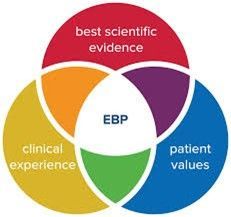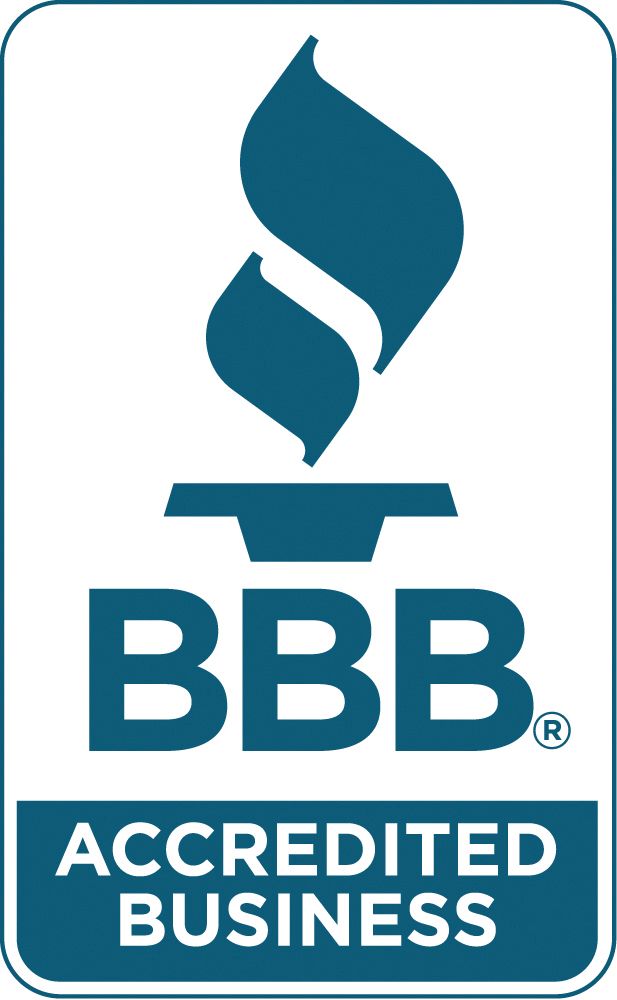Breathing and Its Benefits on Trauma Survivors
Trauma needs reintegration work to be truly resolved, but breathing techniques have tremendous benefits.
When a youth or adult experiences trauma, they are stuck in the stress response. They feel continuous pressure, muscle constriction, high heart rate, and breathing. Experience hyperarousal and hypervigilance as a result. Every event, every stimulus may remind them of an earlier traumatic event. One they can’t escape. Although a child yelling or a loud noise may not be a stressful event, the trauma survivor’s mind thinks of it as a life or death event and the body responds accordingly.
The treatment techniques which help trauma involve reintegrating the mind and body. Approaches such as EMDR, psychomotor therapy, internal family systems, and other approaches succeed in reducing the youth’s trauma.
But what can be done on an everyday basis with youth or child who experiences a trauma cue? What’s to be to help them calm down?
Breathing is one of the best approaches. Because it provides quick results and reaches the youth’s autonomic nervous system to calm it down. When a person perceives they are in a stressful situation, their sympathetic nervous system (or fight or flight response) activates which increases their breathing. Think of someone in a panic attack or responding to a life and death crisis. Their breathing accelerates to enrich the body of oxygen so their muscles and body are at full alert.
But think about the youth your agency services. If they’ve experienced complex trauma or multiple instances of it, they’re constantly activating the fight or flight response. Unconsciously. And it can happen anywhere. Standing in a line. Smelling flowers. Hearing their father on the phone. Their sensory perceptions are magnified and everything can re-traumatize them.
Breathing is a major aspect of mind and body approaches. Yoga, mindfulness, meditation, imagery, Qi-Gong. All require that the participant learn to focus on their breathing. The inhalation and the exhalation of air. And not only that focus, but also the speed at which the breathing is occurring.
Why breathing? Because it is one thing a youth or anyone can do to stop the stress response. When breathing slows down, the body follows. The sympathetic nervous system goes on vacation, leaving the parasympathetic nervous system to help the body recover and calm down.
In Dr. Bessel van der Kolk’s book The Body Keeps the Score, he discusses how emotional regulation is a key element in working with trauma. Because the more youth can control their emotions, the more successful they will be in managing their behavior. This means if you have a youth you’re working with who has a history of trauma, teaching them breathing exercises helps.
The sweet spot for breathing is 6 breaths per minute. Which means one breath per 10 seconds. 5 seconds for slow inhaling and 5 seconds for slow exhaling. Breathing in through the nose and out through the mouth.
Your client is having a bad day. Another kid looks at him with a mean face and it triggers a memory. He takes slow deep breaths and removes himself from the other kid or turns away or just stands there. The muscles calm down, the body goes back to a neutral state. The feeling of wanting to hit the other kid is less likely to happen, because when the stress response goes away, so does the cycle of aggression.
Maybe it will help you as well. For all the secondary or vicarious trauma, you experience in your everyday social service work.
PRAXES provides training on behavioral health subjects, including Trauma-Informed Care and Interventions for Youth.
For more information or to customize a training for your organization, please contact us.




